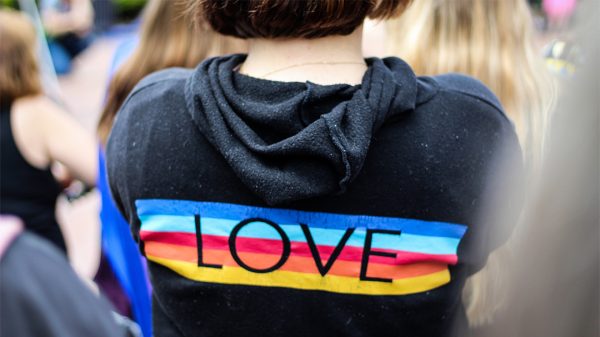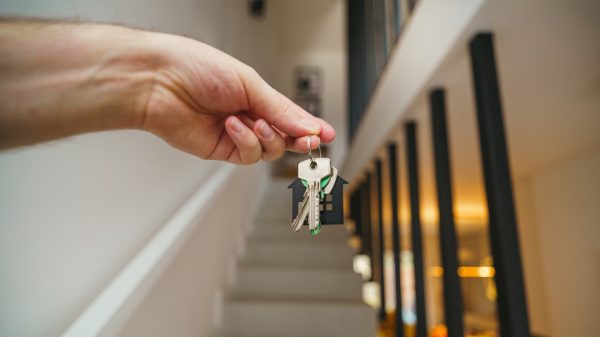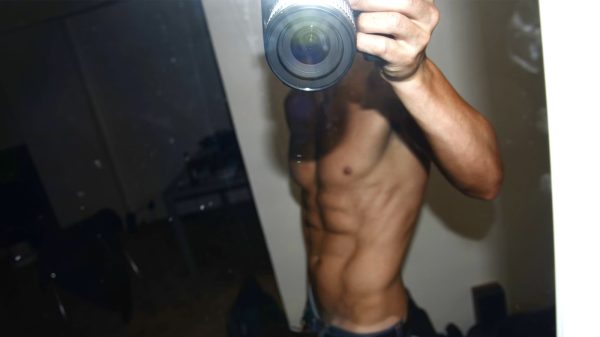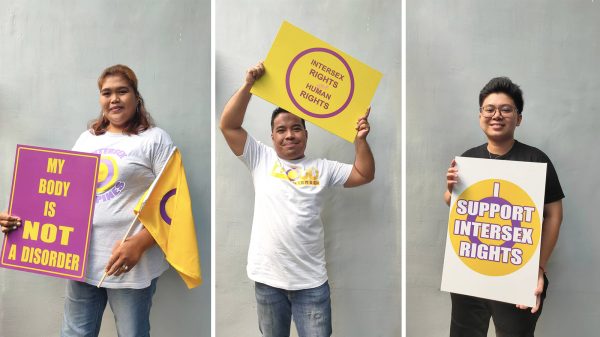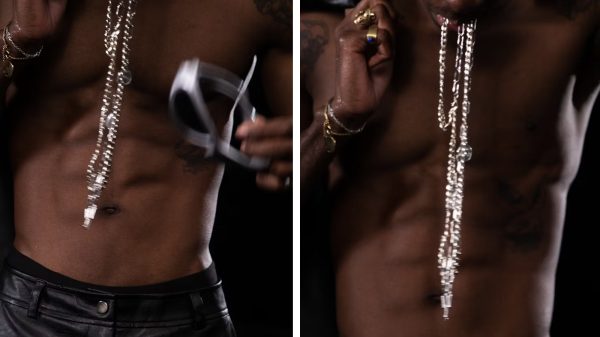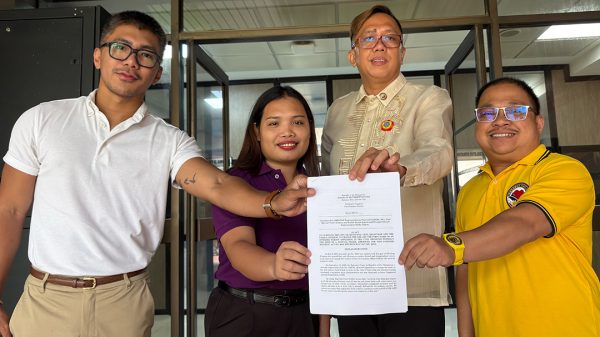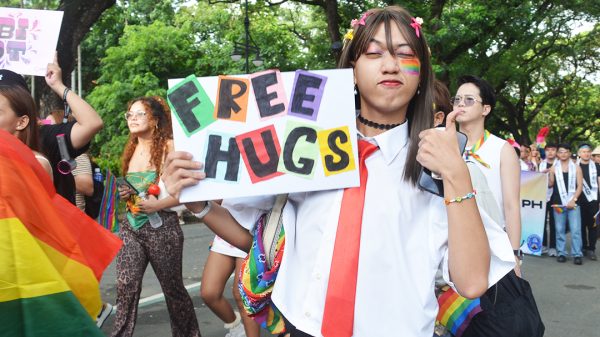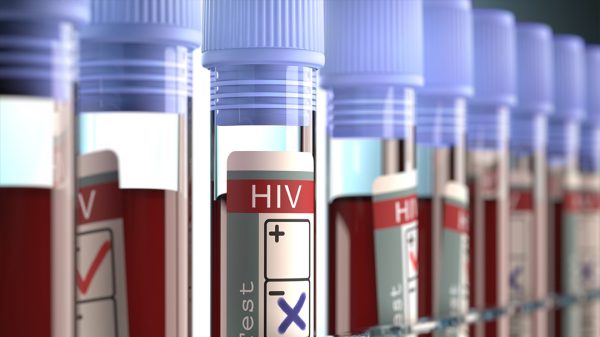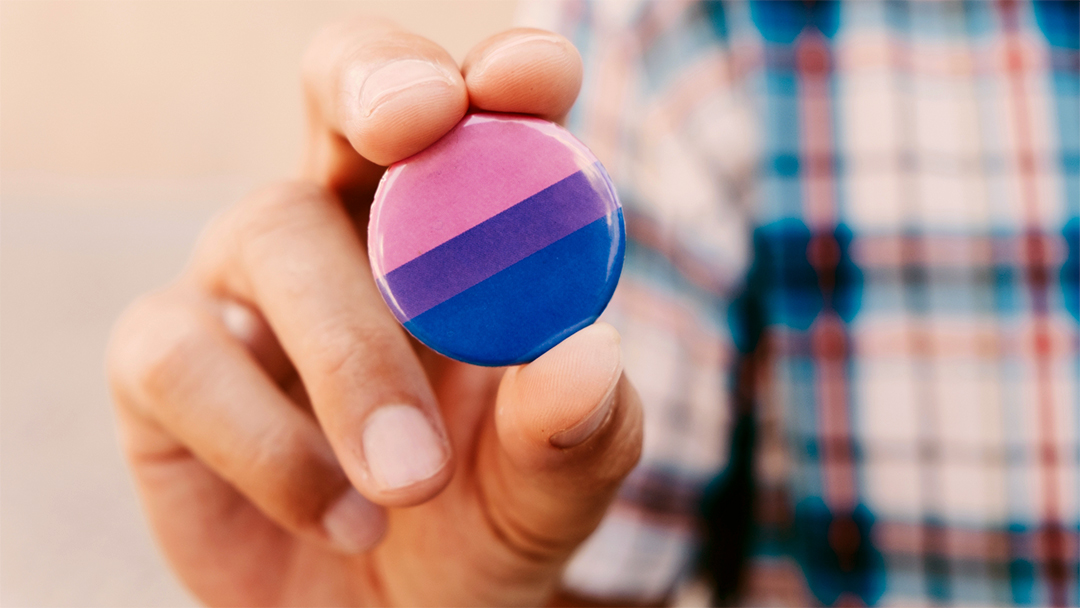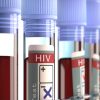Bisexual people recognize the impacts of structural stigma in their lives, and yet have a hard time pinning down this type of stigma.
This is according to a study – “No Man’s Land”: A Qualitative Exploration of Perceptions of Structural Stigma Among Bisexual Men Compared with Gay Men” by Jessie V. Ford, Aarushi H. Shah, and Brian Dodge – that appeared in LGBT Health.
According to the researchers, recent research suggests that the benefits of minimized structural stigma experienced by gay men are not matched in bisexual men. As such, exploring how bisexual men perceive structural stigma compared with gay men is necessary to understand why improvements in structural stigma among sexual minority individuals may not equally benefit bisexual people.
For this study, the researchers interviewed from 2020-2021 a total of 19 bisexual men and 40 gay men recruited from a larger longitudinal cohort study of 502 men. They found that:
- three interrelated forces complicate the relationship between structural stigma and outcomes for bisexual men: assumed heterosexuality, invisibility and erasure of bisexuality, and the blurring of interpersonal and structural stigma.
- in particular, bisexual men had trouble identifying structural stigma, reflecting the difficulty of fully pinning down this type of stigma.
For the researchers, to understand the disparate effects of structural stigma for bisexual and gay men, “we encourage scholars to take these dynamics into account. We suggest new concrete ways to measure structural stigma against bisexual people and better incorporate perspectives from bisexual men into future structural stigma research and interventions.”


